Affiliate links on Android Authority may earn us a commission. Learn more.
13 tips for creating more immersive VR content on Android
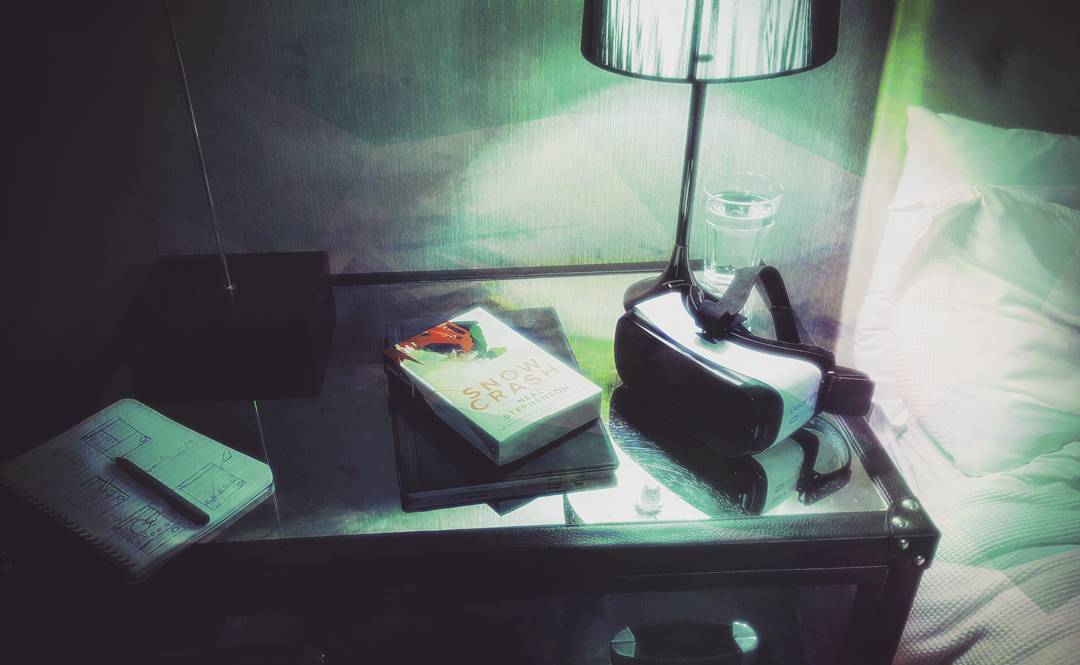
As we’ve seen in previous posts, making Gear VR apps is actually surprisingly simple and not that different from making any other 3D game in Unity. The same can generally be said for Google Cardboard or other VR solutions on Android. What is a little more challenging though, is creating high quality VR content that will actually be engaging, immersive and enjoyable.
When you start creating content for virtual reality, you need to change the way you think about developing 3D environments and start again from scratch. Small inconsistencies that no one would have noticed in a regular 3D shooter can become glaringly obvious when you’re dropped right into a virtual world. This means that all kinds of small mistakes can end up breaking the illusion and destroying that all-important sense of ‘presence’.
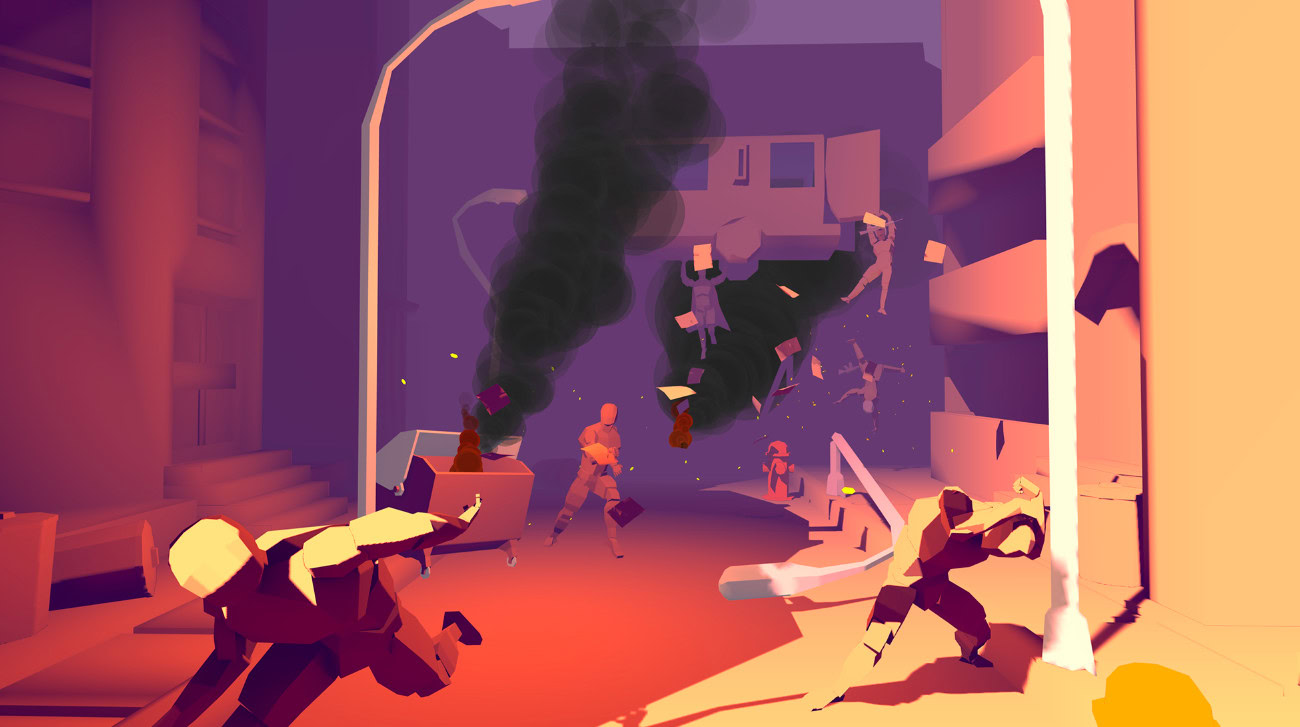
If you’re going to create VR content that’s ready for the prime time, then you need to educate yourself on how to maintain that immersion. Here are some tips to get you started…
Don’t overlook scale
Scale is a good example of something that becomes much more important when you’re fully surrounded by a 3D environment. If you were you making an Android shooter, you might not worry too much whether or not the chairs, tables and characters were all to the same scale. Instead, you’d probably drop in a model that looked roughly right and then be done with it.
But in VR, getting the proportions wrong can make your world look far less believable and really create a sense that something isn’t quite right. It might sound like a lot of work but taking the time to calculate what scale your models should be and then keeping everything in proportion will help to create better consistency and realism throughout your experience.
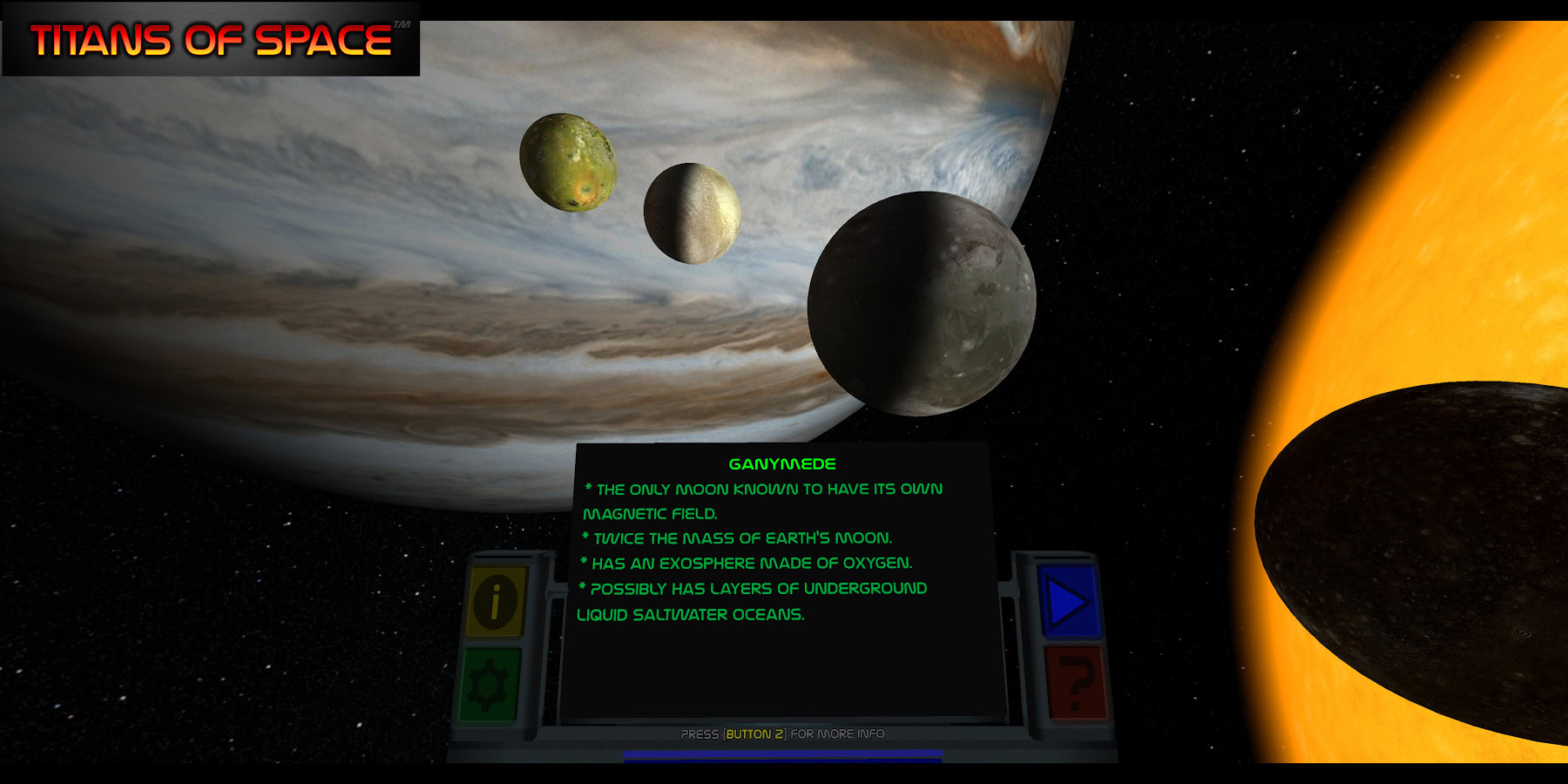
Once you get your scale right though, it becomes a powerful tool that you can use to create moments of awe for your player that elicit an emotional response and are highly memorable as a result. Just think about how it feels coming face-to-face with Jupiter in Titans of Space.
Consider shunning reality
The name ‘virtual reality’ may be considered a misnomer in some cases. After all, whoever said that every experience on the Gear VR had to be an attempt at recreating ‘reality’?
Instead, why not go the route of something like Darknet and see what other types of experience work in a 360 environment? Darknet is a hacking game that surrounds the player with glowing nodes against a dark background. It feels highly immersive and has a great cyberpunk tone and yet it never attempts to build a realistic world.
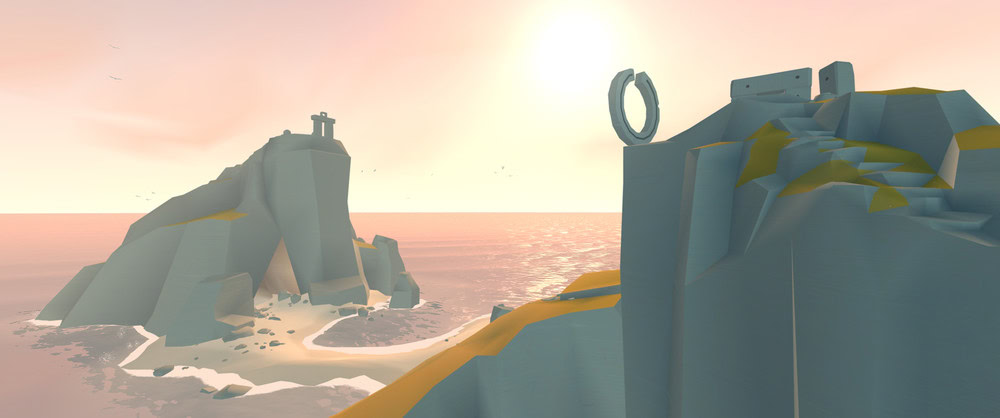
Another option is to choose a purposefully cartoony aesthetic, or perhaps a particular art style like Land’s End from Monument Valley creators ustwo. Either way, these environments can be just as immersive (sometimes more so) but distancing yourself from a hyper-real setting means you have a little more artistic license and you don’t need to worry quite so much about incredibly detailed textures or perfectly realistic lighting.
Make your world consistent
Coherence is more important than realism. That is to say that if you choose to create a stylistic world, it still needs to be consistent. That means any object that is interactive on one occasion should be interactive every time it crops up. Likewise, your chosen scale needs to stay the same and so does the synergy between your visual and audio cues.
This is the same as it is for creating a fictional work in any media. Stories can get away with having fantastical elements as long as those fantastical elements are consistent and follow a set series of rules.
Use subtle direction
When you create an environment in virtual reality, it means that players will be able to look anywhere they want to (that’s rather the point). This creates challenges for developers though, as it now means they might not look where you want them to and they may miss the key elements you worked so hard on.
Your job then is to think a bit about the subtle ways that you can direct the user’s attention. That might mean utilizing sound, it might mean having an NPC point to something amazing off screen, or it might mean funnelling them down a corridor. These are things that Half Life 2 did incredibly well (despite not being a VR game). Whatever you choose, just don’t assume that people will always know where to look without guidance!
Whenever possible meanwhile, try to avoid wrestling control of the camera away from the player. While some users are resilient to this kind of effect, others will very quickly experience VR sickness. Games like Minecraft that require the player to move around with a Bluetooth controller are off limits for many people.
Be careful with UI
In most computer games there will be some kind of HUD featuring a health bar, points, a timer and other metrics. If you take a look at the majority of VR experiences though, you’ll find that these elements are conspicuously absent. The reasoning is obvious: we’re not accustomed to having numbers float in front of our faces and this can be highly off-putting!
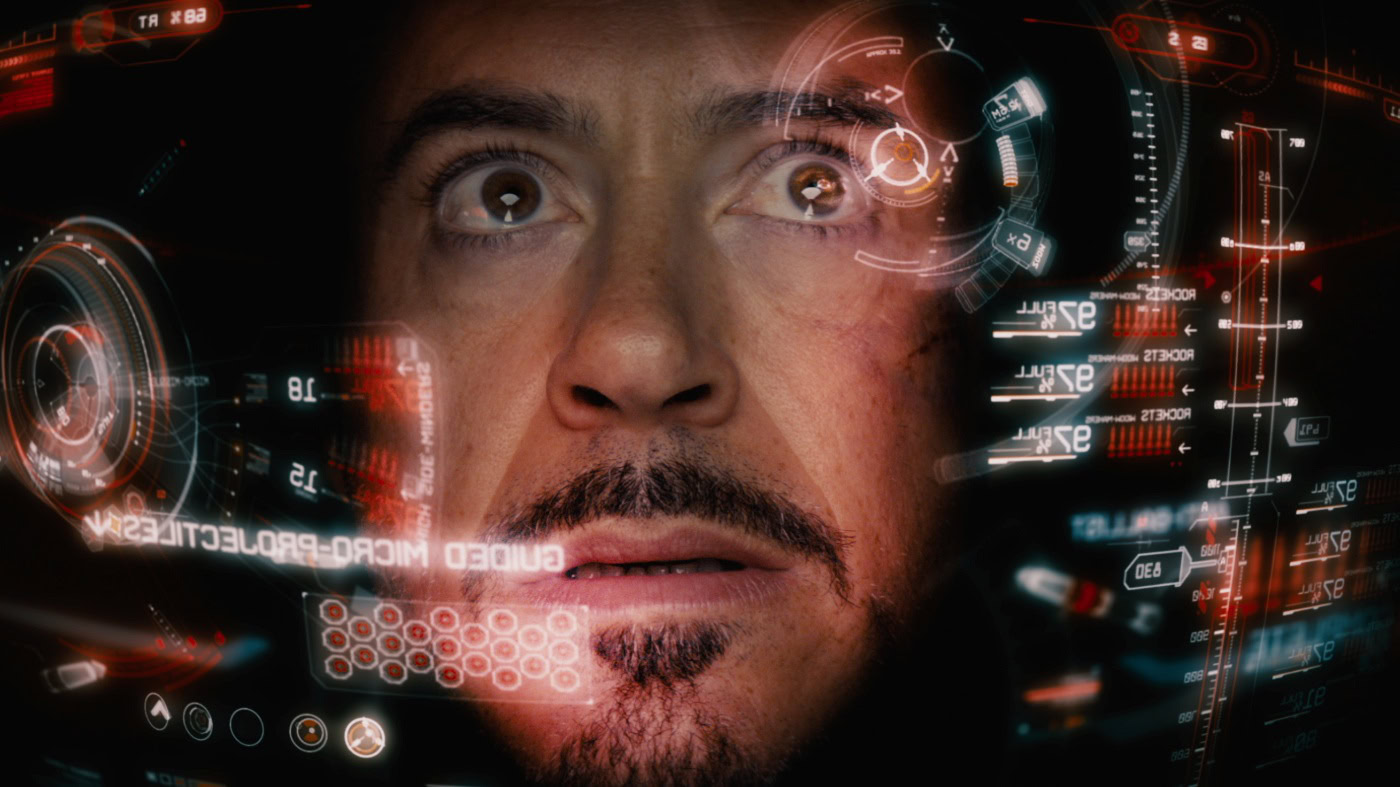
If you do need to convey contextual information then, you’re going to have to be a little more inventive with how you go about it. One option is simply to place the user inside some kind of helmet, in which case a HUD becomes more believable and acceptable. Another option is to present your information in other places – such as on control panels or monitors within your virtual world.
And of course it should go without saying that your HUD also needs to have large text to avoid eyestrain – especially bearing in mind the slight screen-door effect that most Android headsets still feature.
Respect the power of VR
In a post on Fastcodesign.com, Jean-Marc Denis shared some tips for designing for VR. One tip was that ‘if you die in the Matrix, you die in real life’. What did he mean by this? Simple: that VR can trigger many of the same physiological responses that the real world can. For example, a very small space can create feelings of claustrophobia, while a shifting horizon can create sea sickness. Some of these effects are tools you can potentially use to enhance the story you want to tell but conversely, you also need to be careful not to unintentionally make the user feel uncomfortable.

Don’t exhaust the player
Another tip from the same article recommends that creators avoid exhausting the player. In other words, avoid creating control schemes that require the player to constantly spin around on the spot, or crane their necks into unnatural positions. If you want people to enjoy your games for long periods without getting tired or fed up, then you need to let them be lazy.
This also extends to safety. Games that encourage lots of spinning around can disorient the player and potentially cause them to fall over or crash into things. If this is something you can’t avoid, then try to include a safety warning at the very least.
Add detail where it counts
If you get up close to an object in VR and find that it is a blurry mess, this isn’t going to do much for your sense of being in a real world. That said though, there’s no point wasting hours of time and lots of processing power on detailed textures that are only ever going to be seen from afar.
Add the detail where it counts and where possible, prevent the user from being able to get too close to objects in your game world. This will tie in with your chosen means of locomotion, if indeed you choose to give the user autonomy over where they go.
Then again, if you’re choosing the stylistic route you can choose to make your world purposefully minimal – thereby removing this issue entirely!
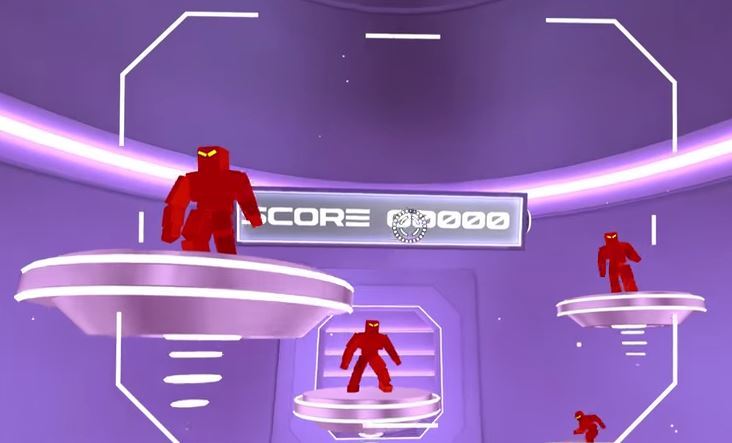
Always keep performance in mind
It’s well established that maintaining a consistent framerate is a very important way to prevent VR sickness. For that reason, it’s usually worth sacrificing a little detail or realism if it means you’re going to get better performance out of your game. This is another reason that choosing a stylistic aesthetic can often be a good decision. Otherwise, you might choose to restrict your users to small play areas so that there aren’t so many models for their devices to generate (this also saves you a considerable amount of work).
Let the user interact with your world
One of the reasons that the HTV Vive gets such rave reviews from those who have tried it, is the fact that it lets players reach out and actually ‘touch’ items in the world using the controllers. Obviously you don’t have this option when developing for current Android hardware (although Google does have its own motion controller in the works for Daydream) – but there are still other ways you can allow your users to interact with the world you’ve created.
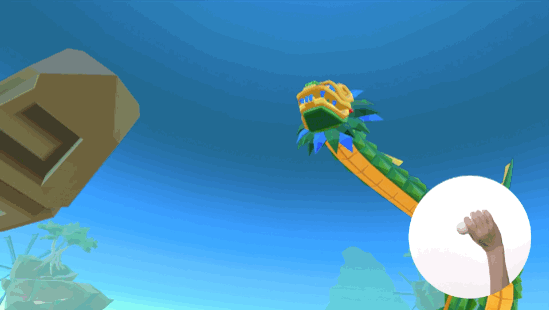
This is another thing that Monument Valley does very well by allowing players to lift objects by staring at nodes and then moving their heads. This does amazing things for the sense of presence by making the world actually seem tangible – but of course you need good physics to complete the effect! That said though, this does go a little against the idea of letting the player be lazy…
Design around limitations
The best VR content is designed around the limitations of the hardware it’s running on. In the case of the Gear VR for instance, you need to consider that there is no directional tracking and that the user can only rotate their head in 360 degrees. It’s when the player leans forward or leans backward and the virtual world doesn’t respond accordingly that there can be a sense of discord, often leading to VR sickness.
This makes it a smart idea to try and discourage (or at least, not actively encourage) this type of movement. For instance, don’t hide something behind a pillar as this can encourage the player to try and lean around the pillar to get a better look – which won’t work as expected.
Locomotion is also severely limited with mobile VR (and even with room-scale VR). Whether you choose to create a game that’s on rails like Smash Hit VR or use another form of movement, you then need to design around this choice. Don’t be afraid to get creative! A fantastic example of a creative solution to the problem of locomotion in VR comes from a Vive game called Lucid Trips, which gets the player to pull themselves along the ground with paddles.
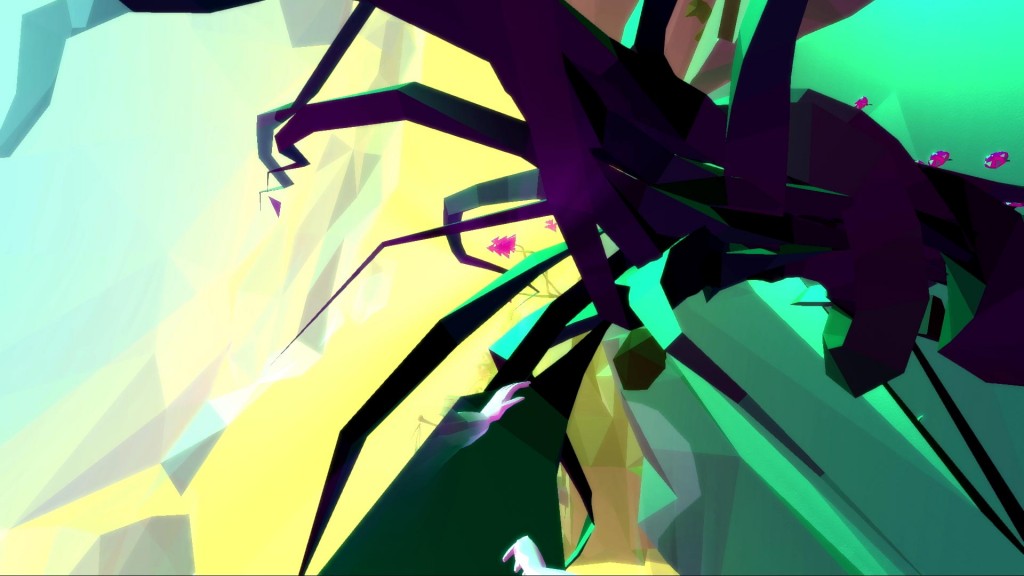
At first these limitations might seem restrictive but actually, this can trigger some really creative solutions!
Consider your mechanics
While creating a sense of presence is incredibly important, you also still need to ensure that your game remains fun and that means introducing game mechanics. These mechanics will impact the way you design your 3D world and vice versa – dictating just what elements the player needs to be able to interact with and how they’re going to do so.
There needs to be synergy between your chosen mechanics and the design of your game world too. The hardware limitations will inform your choice of locomotion and movement and this in turn will inform the artistic direction you go in. Lucid Trips is a great example of this – the movement has a very floaty and dreamlike feel to it, which encouraged the developers to make a dreamlike world for users to explore.
Make your worlds interesting
This may go without saying but make sure that your worlds are also interesting to explore and reward exploration and curiosity. It’s one thing to make a perfectly realistic simulation but another to make one that people actually want to spend time in. This always makes me think of the stunning architecture in the recent Deus Ex games. In a virtual world anything is possible – and if your designs are fantastic enough and engaging enough, you might just be able to get your players to forget the real world they left behind for a moment…
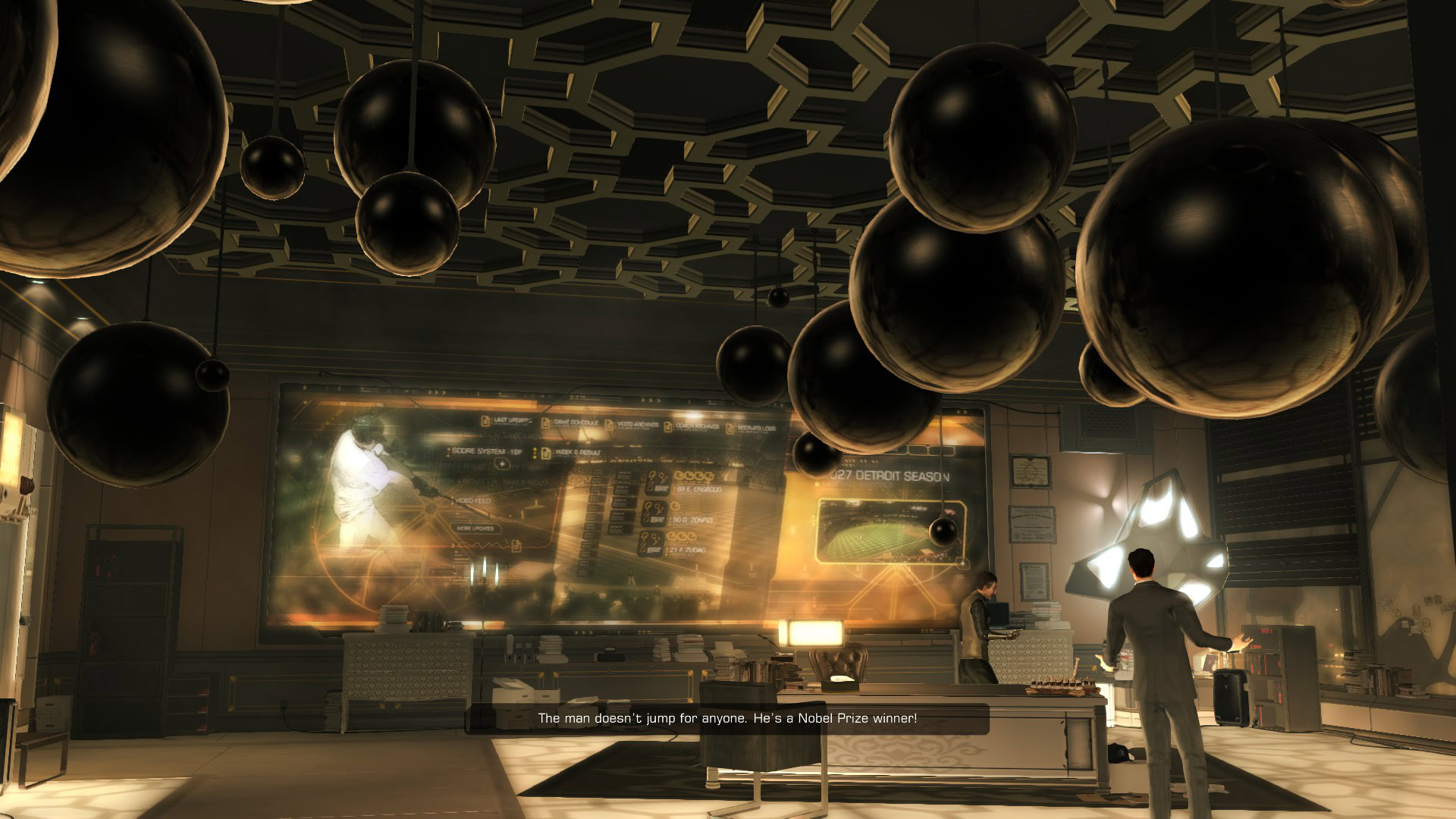
Closing thoughts
There are certainly a lot of additional things to consider when creating a world for VR. From scale, to directing attention, to avoiding agoraphobia! Since VR is a new medium there’s still a lot of room for experimentation and exploration. The great thing about that, is that it gives you the opportunity to be a real pioneer in the industry and to blaze a trail for other creators. So get creative and try to think outside the box. There is still much to be discovered in terms of new methods of control, interaction and design. What will your contribution be?